Tennis elbow, also known as lateral epicondylitis, is a common condition that affects the muscles and tendons around the elbow joint. It occurs when these tissues become inflamed or damaged due to overuse or injury. The main symptom of tennis elbow is pain on the outside of the elbow, which may radiate to the forearm and wrist. The pain may worsen when performing activities that involve gripping, twisting, or extending the wrist, such as playing tennis, shaking hands, or using a screwdriver.
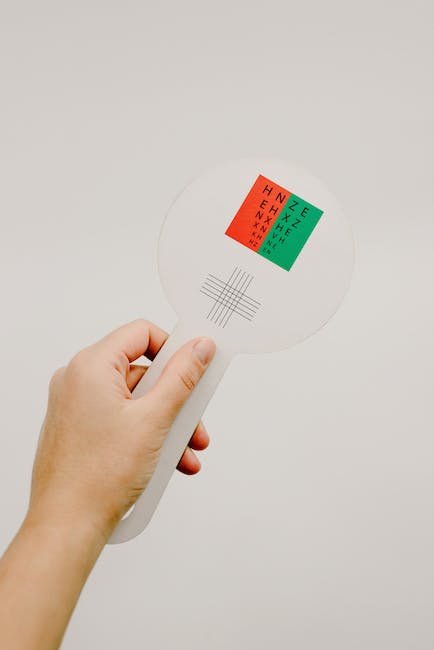
What Causes Tennis Elbow?
Tennis elbow is caused by repeated stress on the muscles and tendons that attach to the lateral epicondyle, which is a bony bump on the outer side of the elbow. These muscles and tendons help to stabilize the wrist and allow it to move in different directions. When these tissues are overworked or injured, they develop small tears and inflammation, which leads to pain and reduced function.
The most common cause of tennis elbow is playing racquet sports, such as tennis, squash, or badminton. These sports require frequent and forceful movements of the wrist and forearm, which can strain the muscles and tendons around the elbow. However, tennis elbow can also affect people who perform other types of repetitive motions with their arms, such as carpenters, painters, plumbers, gardeners, or computer users.
Who Gets Tennis Elbow?
Tennis elbow can affect anyone who uses their arms for repetitive or strenuous activities, but it is more common in people between the ages of 30 and 50. It affects both men and women equally, and it can occur in either arm, although it is more likely to affect the dominant arm. According to some studies, about 3% of the general population and up to 50% of tennis players experience tennis elbow at some point in their lives.
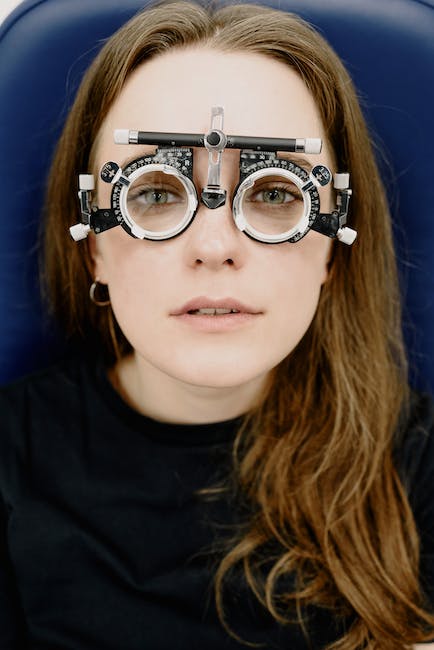
How is Tennis Elbow Diagnosed?
Tennis elbow is usually diagnosed based on the patient’s medical history and physical examination. The doctor will ask about the patient’s symptoms, activities, and any previous injuries or conditions that may affect the elbow. The doctor will also examine the patient’s elbow and forearm, looking for signs of inflammation, tenderness, swelling, or weakness. The doctor may also perform some tests to check the patient’s range of motion, grip strength, and pain level.
In some cases, the doctor may order some imaging tests to rule out other possible causes of elbow pain, such as arthritis, fracture, infection, or nerve compression. These tests may include X-rays, ultrasound, or magnetic resonance imaging (MRI). The doctor may also perform a test called electromyography (EMG), which measures the electrical activity of the muscles and nerves in the arm.
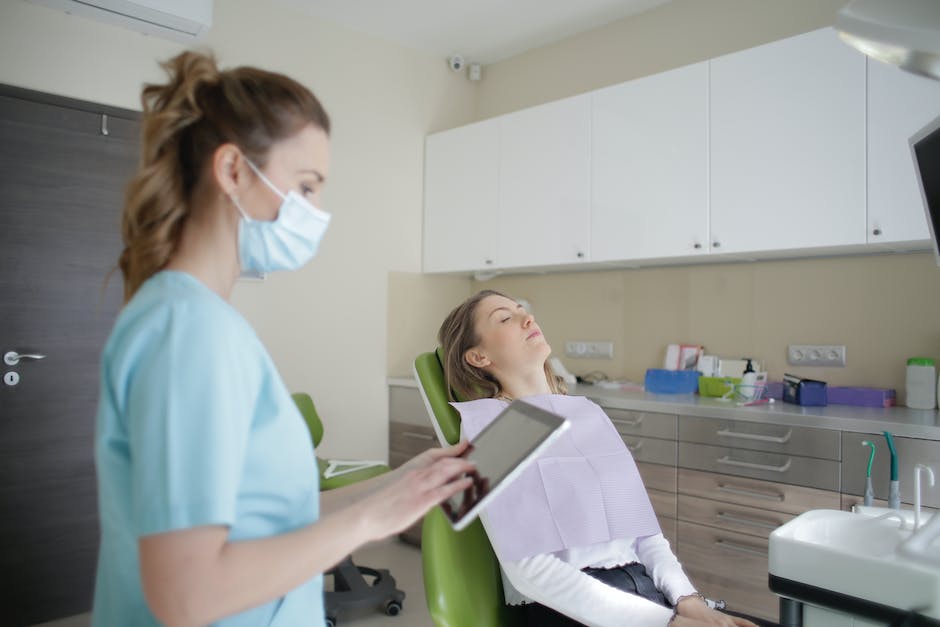
How is Tennis Elbow Treated?
The treatment of tennis elbow depends on the severity of the condition and the patient’s goals and preferences. The main objectives of treatment are to reduce pain, inflammation, and stiffness; promote healing; restore function; and prevent recurrence.
The first line of treatment for tennis elbow is usually conservative, meaning that it does not involve surgery or invasive procedures. Some of the conservative treatments for tennis elbow include:
- Resting the affected arm and avoiding activities that aggravate the pain
- Applying ice packs or cold compresses to the elbow for 15 to 20 minutes several times a day
- Taking over-the-counter anti-inflammatory drugs (NSAIDs), such as ibuprofen or naproxen, to reduce pain and swelling
- Wearing an elbow brace or strap to support the injured muscles and tendons
- Doing gentle stretching and strengthening exercises for the forearm and wrist
- Receiving physical therapy or massage therapy to improve blood flow and mobility
- Getting corticosteroid injections into the inflamed area to provide temporary relief
If conservative treatments do not provide adequate relief or improvement after several weeks or months, the doctor may recommend more aggressive options, such as:
- Platelet-rich plasma (PRP) injections, which involve injecting the patient’s own blood platelets into the injured area to stimulate healing
- Extracorporeal shock wave therapy (ESWT), which uses sound waves to break up scar tissue and stimulate blood flow
- Ultrasound-guided percutaneous tenotomy (USGPT), which involves inserting a needle into the damaged tendon and applying ultrasonic energy to remove diseased tissue
- Surgery, which involves removing the damaged part of the tendon and reattaching it to the bone
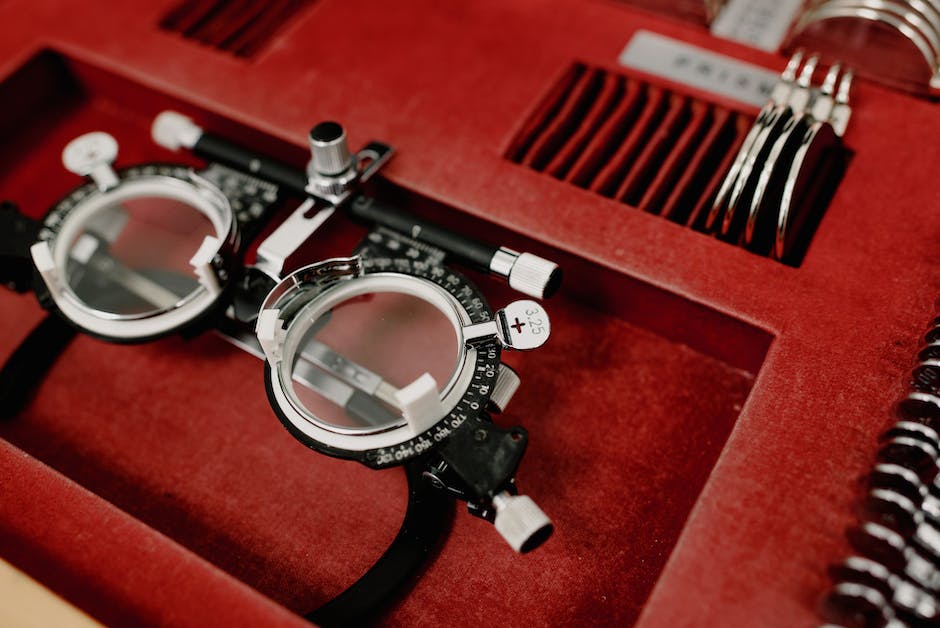
How to Prevent Tennis Elbow?
The best way to prevent tennis elbow is to avoid or modify the activities that cause or worsen the condition. Some of the preventive measures that can help reduce the risk of tennis elbow include:
- Warming up properly before engaging in any physical activity
- Using proper technique and equipment when playing racquet sports or performing other tasks that involve the arm
- Taking frequent breaks and changing positions when doing repetitive or prolonged activities
- Strengthening and stretching the muscles and tendons of the forearm and wrist regularly
- Seeking medical attention as soon as possible if any signs or symptoms of tennis elbow develop

What is the Prognosis for Tennis Elbow?
The prognosis for tennis elbow varies depending on the severity of the condition, the type of treatment, and the patient’s compliance and response. Most cases of tennis elbow resolve within 6 to 12 months with conservative treatment, but some may take longer or require more aggressive interventions. Some people may experience recurrent episodes of tennis elbow, especially if they do not address the underlying causes or risk factors.
The long-term complications of tennis elbow are rare, but they may include chronic pain, stiffness, weakness, reduced range of motion, or nerve damage in the affected arm. These complications may affect the patient’s quality of life and ability to perform daily activities.

Conclusion
Tennis elbow is a common condition that affects the muscles and tendons around the elbow joint. It is caused by repeated stress on these tissues due to overuse or injury. The main symptom of tennis elbow is pain on the outside of the elbow, which may worsen with certain movements or activities. Tennis elbow can be diagnosed by a doctor based on the patient’s history and physical examination, and sometimes with the help of imaging tests. Tennis elbow can be treated with various methods, ranging from conservative to invasive, depending on the patient’s condition and preferences. Tennis elbow can be prevented by avoiding or modifying the activities that cause or aggravate it, and by taking care of the arm’s health and function.
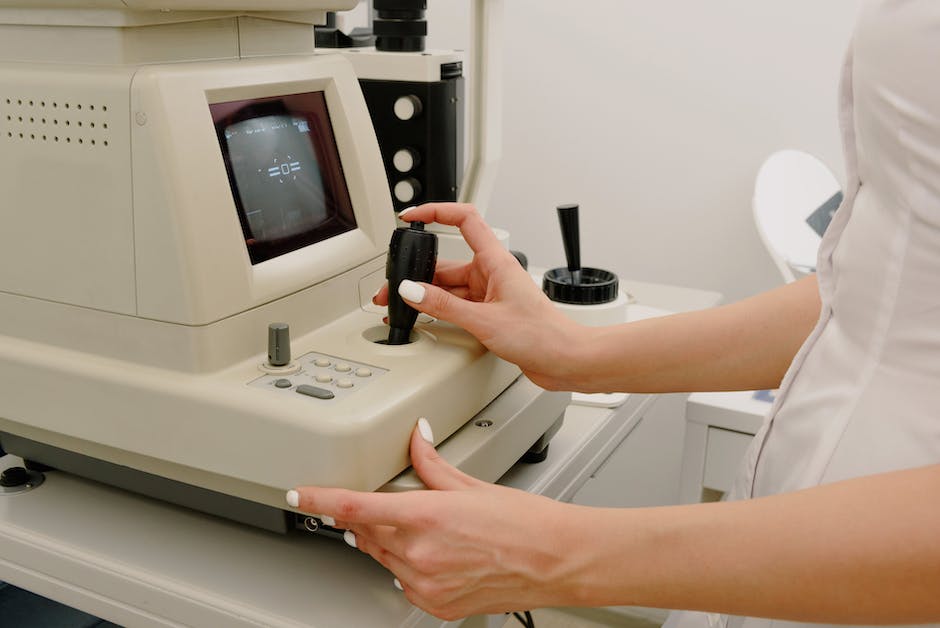
FAQ
What is the difference between tennis elbow and golfer’s elbow?
Tennis elbow and golfer’s elbow are both types of epicondylitis, which means inflammation of the epicondyles, or the bony bumps on the elbow. However, they affect different parts of the elbow. Tennis elbow affects the lateral epicondyle, which is on the outside of the elbow, while golfer’s elbow affects the medial epicondyle, which is on the inside of the elbow. Tennis elbow causes pain on the outer side of the elbow, while golfer’s elbow causes pain on the inner side of the elbow. Tennis elbow is more common than golfer’s elbow, and it is usually caused by activities that involve extending or twisting the wrist, such as playing tennis, while golfer’s elbow is usually caused by activities that involve flexing or bending the wrist, such as playing golf.
How long does it take to recover from tennis elbow?
The recovery time for tennis elbow varies depending on the severity of the condition, the type of treatment, and the patient’s compliance and response. Most cases of tennis elbow resolve within 6 to 12 months with conservative treatment, such as rest, ice, medication, braces, and exercises. However, some cases may take longer or require more aggressive interventions, such as injections or surgery. The recovery time for these procedures may range from 3 to 6 months or longer, depending on the patient’s healing process and rehabilitation program.
How can I reduce pain from tennis elbow?
There are several ways to reduce pain from tennis elbow, depending on the cause and severity of the condition. Some of the common methods to reduce pain from tennis elbow include:
- Applying ice packs or cold compresses to the affected area for 15 to 20 minutes several times a day
- Taking over-the-counter anti-inflammatory drugs (NSAIDs), such as ibuprofen or naproxen, to reduce pain and swelling
- Wearing an elbow brace or strap to support the injured muscles and tendons
- Doing gentle stretching and strengthening exercises for the forearm and wrist
- Receiving physical therapy or massage therapy to improve blood flow and mobility
- Getting corticosteroid injections into the inflamed area to provide temporary relief
- Avoiding activities that aggravate or worsen the pain
What are some exercises for tennis elbow?
Exercises for tennis elbow are designed to improve the flexibility, strength, and endurance of the muscles and tendons around the elbow joint. They can help to reduce pain, inflammation, and stiffness; promote healing; restore function; and prevent recurrence. Some of the common exercises for tennis elbow include:
- Wrist flexion and extension: Hold your arm straight out in front of you with your palm facing down. Slowly bend your wrist up and down as far as you can. Repeat 10 times.
- Wrist rotation: Hold your arm straight out in front of you with your palm facing down. Slowly rotate your wrist clockwise and counterclockwise as far as you can. Repeat 10 times.
- Wrist curls: Hold a light weight (such as a water bottle) in your hand with your palm facing up. Rest your forearm on a table or your thigh. Slowly curl your wrist up and down as far as you can. Repeat 10 times.
- Wrist extension: Hold a light weight (such as a water bottle) in your hand with your palm facing down. Rest your forearm on a table or your thigh. Slowly lift your wrist up and down as far as you can. Repeat 10 times.
- Finger stretch: Hold your hand out in front of you with your fingers spread apart. Gently pull each finger back toward your wrist until you feel a stretch in your forearm. Hold for 15 seconds. Repeat with each finger.
- Towel twist: Hold a towel in both hands with your palms facing each other. Twist the towel in opposite directions as if you are wringing out water. Hold for 15 seconds. Repeat in both directions.
What are some home remedies for tennis elbow?
Some home remedies for tennis elbow may help to ease the pain and inflammation associated with the condition. However, they are not a substitute for medical advice or treatment, and they may not work for everyone. Some of the home remedies for tennis elbow include:
- Applying heat or cold: Heat can help to relax the muscles and increase blood flow, while cold can help to numb the pain and reduce swelling. You can apply a hot or cold pack, a heating pad, or a warm towel to the affected area for 15 to 20 minutes several times a day.
- Using herbs or spices: Some herbs or spices may have anti-inflammatory or analgesic properties that can help to reduce pain and inflammation. You can use them as teas, oils, creams, or supplements. Some of the herbs or spices that may help with tennis elbow include turmeric, ginger, garlic, cinnamon, clove, rosemary, and lavender.
- Eating a healthy diet: A healthy diet can help to provide the nutrients and antioxidants that can support the healing process and reduce inflammation. You should eat a balanced diet that includes fruits, vegetables, whole grains, lean proteins, healthy fats, and water. You should also avoid foods that may trigger inflammation, such as processed foods, refined sugars, alcohol, caffeine, and dairy products.
- Getting enough sleep: Sleep is essential for the body’s repair and recovery. It can help to reduce stress, inflammation, and pain. You should aim to get at least 7 to 9 hours of quality sleep every night. You can also try to improve your sleep hygiene by following a regular bedtime routine, avoiding screens and stimulants before bed, keeping your bedroom dark and quiet, and using pillows or cushions to support your arm.
How can I prevent tennis elbow?
The best way to prevent tennis elbow is to avoid or modify the activities that cause or worsen the condition. Some of the preventive measures that can help reduce the risk of tennis elbow include:
- Warming up properly before engaging in any physical activity
- Using proper technique and equipment when playing racquet sports or performing other tasks that involve the arm
- Taking frequent breaks and changing positions when doing repetitive or prolonged activities
- Strengthening and stretching the muscles and tendons of the forearm and wrist regularly
- Seeking medical attention as soon as possible if any signs or symptoms of tennis elbow develop
What are some complications of tennis elbow?
The complications of tennis elbow are rare, but they may occur if the condition is left untreated or poorly managed. Some of the possible complications of tennis elbow include:
- Chronic pain: Tennis elbow may cause persistent or recurrent pain in the elbow, forearm, or wrist, which may interfere with daily activities and quality of life.
- Stiffness: Tennis elbow may cause reduced range of motion or flexibility in the elbow joint, which may limit the ability to perform certain movements or tasks.
- Weakness: Tennis elbow may cause reduced strength or endurance in the muscles and tendons around the elbow joint, which may affect the grip and function of the hand.
- Nerve damage: Tennis elbow may cause compression or irritation of the radial nerve, which runs along the outer side of the elbow. This may result in numbness, tingling, or burning sensations in the hand or fingers.
- Bone spurs: Tennis elbow may cause abnormal bone growths or calcifications on the lateral epicondyle, which may further aggravate the inflammation and pain.
How does playing tennis cause tennis elbow?
Playing tennis is one of the most common causes of tennis elbow because it involves frequent and forceful movements of the wrist and forearm. These movements can strain the muscles and tendons that attach to the lateral epicondyle, causing small tears and inflammation. Some of the factors that can increase the risk of developing tennis elbow from playing tennis include:
- Playing with a racquet that is too heavy, too stiff, or has a grip that is too small or too large
- Playing with strings that are too tight or too loose
- Hitting the ball with too much force or spin
- Hitting the ball off-center or near the frame of the racquet
- Using a poor technique or posture when swinging or serving
- Playing on a hard surface or in cold weather
What is the best racquet for tennis elbow?
There is no definitive answer to what is the best racquet for tennis elbow because different players may have different preferences and needs. However, some general guidelines to choose a racquet that can help prevent or reduce tennis elbow are:
- Choose a racquet that is light enough to handle comfortably but not too light to lose control
- Choose a racquet that has a flexible frame that can absorb some of the shock and vibration from hitting the ball
- Choose a racquet that has a large head size that can provide a larger sweet spot and reduce mishits
- Choose a racquet that has a grip size that matches your hand size and shape
- Choose a racquet that has strings that are soft enough to cushion the impact but not too soft to lose power
How does steroid injections work for tennis elbow?
Steroid injections are one of the treatment options for tennis elbow that involve injecting a corticosteroid medication into the inflamed area around the lateral epicondyle. Corticosteroids are anti-inflammatory drugs that can help to reduce pain, swelling, and stiffness in the short term. However, they do not address the underlying cause of tennis elbow or promote healing. They may also have some side effects, such as skin discoloration, infection, nerve damage, or weakening of the tendon. Therefore, steroid injections are usually reserved for cases that do





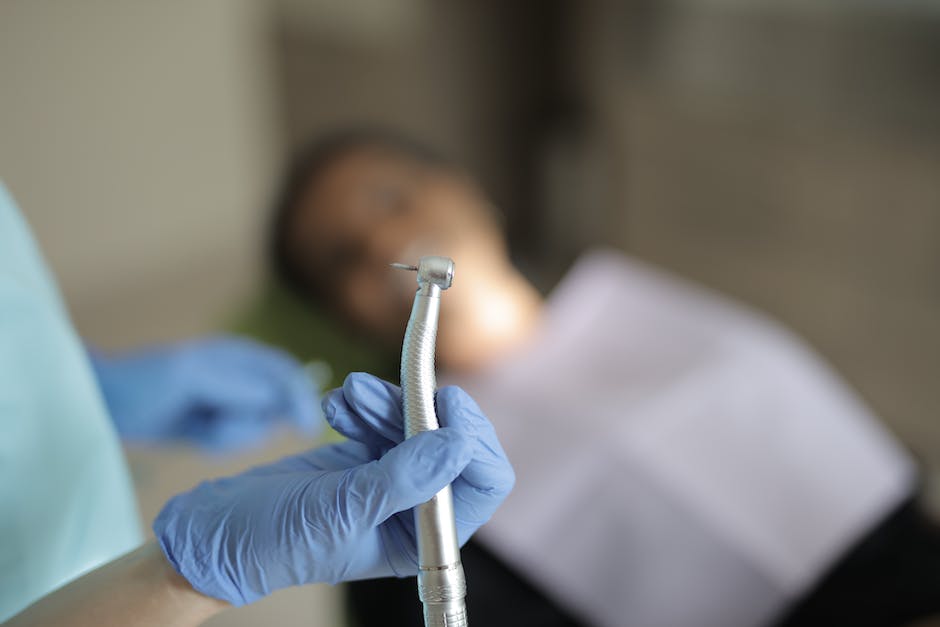
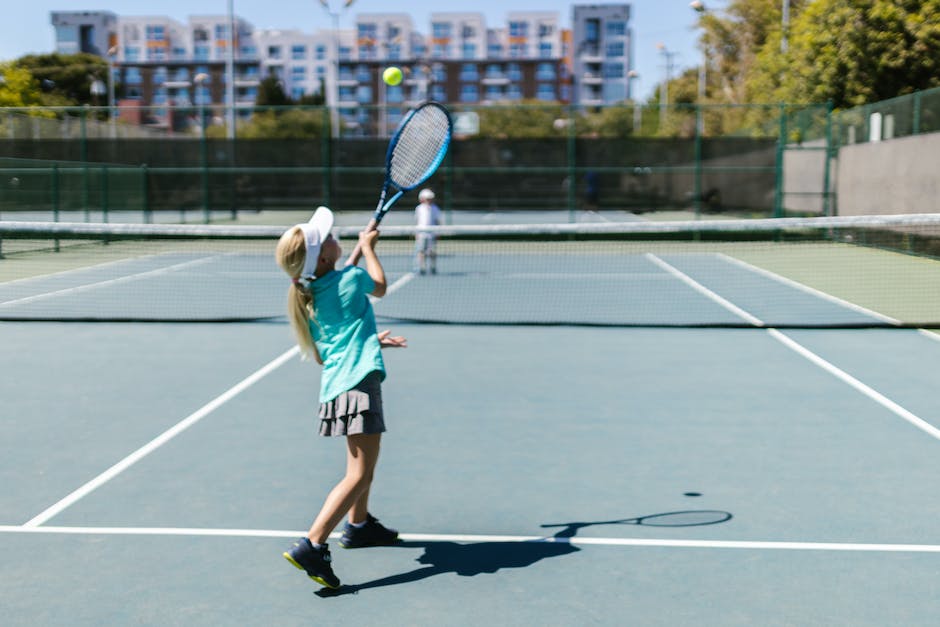
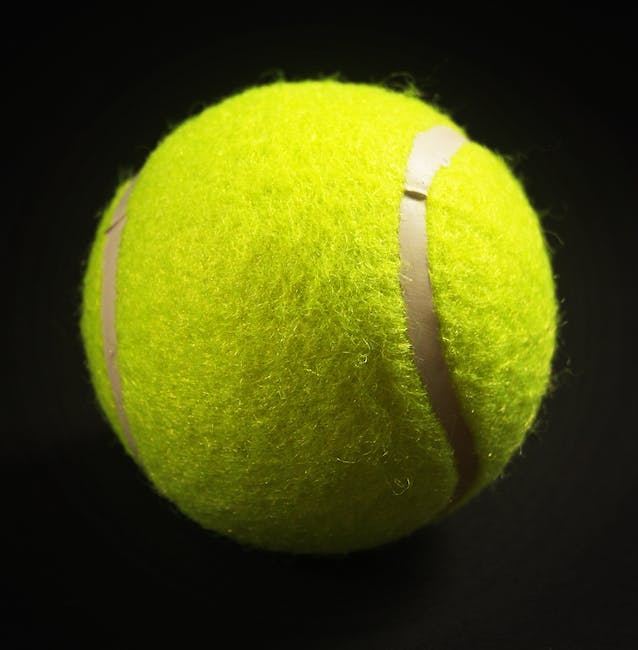
No Comment! Be the first one.